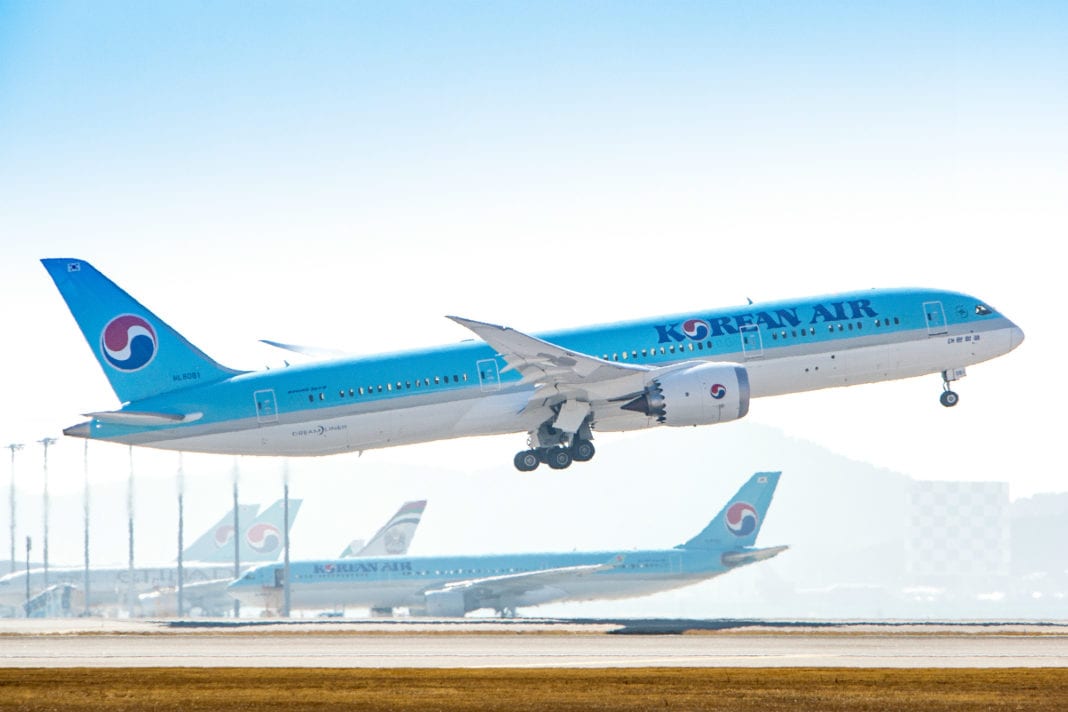For several months now, clashes have taken place in the Minia area of Egypt where the Monastery of Abu Fana stands. The monastery became the site of recent bloodshed and violent clashes between Christian monks and Bedouins.
For centuries, Abu Fana was just one religious cemetery/ancient church landmark relic until the mid-nineties when monks decided to live there. Egypt’s Bishop Demetrius became interested in Abu Fana after the excavations of Austrian scholar Helmut Buschhausen revealed interesting finds. Minia’s desert sands desert indeed hid the ancient grave site.
Here’s when problem started. A land-grabbing spree and bloodshed ensued.
According to Dr. Cornelis Hulsman, secretary general of the Foreign Press Association (FPA) in Cairo and chairperson for the Center for Arab West Understanding or CAWU, the clashes had resulted in seven injuries.
Three of the monks had been abducted, and when they returned to Abu Fana, they sustained injuries. “On the other side (the Bedouin party), the clash resulted in the death of a man. This was the general view before the prosecution. It made me think that it was a case of a sectarian clash between Muslims and Christians. However, with further investigations I found that the situation had been occurring since 2005. I had to think about how to deal with this problem,” said Minia Governor Ahmed Dia El Din.
Violence sparked all around the monastery periphery because of land grabbing issues.
Nine police reports indicated bloody exchanged aggressions since 2005. The governor started thinking about the procedures that should be taken to achieve a radical solution for this problem. “Is it enough to file a police report and end every clash with a reconciliatory session after which the same problem will be repeated, since the initial reasons still exist?” El Din asked.
Looking deeper into this conflict in the new war zone around the monastery, El Din found villages and new encroachments. He said, “I found a nearby archaeological monastery and around the monastery I found desert land which is supposed to be the protective periphery of the monastery where excavation works are continuously conducted in search for possible antiquities that can be discovered around the monastery.” This land is the state’s property that was devoted to the monastery by the Department of Antiquities. Behind the monastery and periphery is a big church, which Hulsman said the monks call their cathedral of seven years old and other buildings next to the church building, part of which are the cells used for the community prayer and not for individuals’ prayers.
Hulsman notes that a few steps from the monastery periphery was a Christian cemetery. Beyond this area starts an expanse of land, parts of which have been reclaimed and cultivated. Next to the land is a fish farm, a beehive and another farm. “This area is on a hill of two-three meters altitude, located immediately above the villages. There is a barbed wire tied to wooden stakes separating the monastery’s areas from the villages. This fence killed the hope of the people in the villages to extend further in the land that they consider to be a natural extension of their land. This is because they have been living in the area for a long time and they believe that it is normal to expand further in the [desert] land to reclaim it or reside and populate.”
In recent years, violence escalated as the Bedouins try to take their land by force back from the monks who the Arabs think “grabbed land.” In Egypt, there are three ways of obtaining land – one by officially buying land from the government complete with some paperwork/ official documents (which nobody really does according to Hulsman as it is extremely difficult and time-consuming). The other is through Orfi contracts – often handwritten agreements between citizens, not registered with official state institutions and therefore not recognized by the state. Orfi contracts are often used to avoid long, painstaking bureaucratic procedures of state institutions.
Hulsman said the Coptic monks claimed Abu Fana through Orfi which is neither recognized by the government, nor the Arabs or the Bedouin tribes whose population is scattered all over the area of Minia. “The other way for acquisition is through Wad al-Yad, a common practice of obtaining land as in adverse possession. Through it, one does not own the land but nevertheless claims it and after doing so for several years, makes it seem as though he legally owned it by cultivating the land,” he said. The government has restrictions on the number of feddans that can be obtained this way, this is 100 feddans per person. Thus a family of five can obtain a maximum of 500 feddans. Wad al-Yad land can still be obtained through Orfi after land has been registered with relevant government departments, Hulsman added.
All these areas are still the state’s property. The monastery has some documents that include Orfi contracts between some of the citizens who had sold some of these lands to monks. All these contracts are null and void. “As long as the situation is like so, there will always be a desire either to take revenge or to change reality,” said El Din.
To resolve the land issue, El Din called all government institutions concerned with this piece of land. Their department heads checked out the best solution to the problem. Three to four kilometers away from the half-kilometer radius of reclaimed land are five or six new cells that are used by monks who want to pray in solitude. Constructing these cells in such a far away place from the monastery created a crisis for the farmers and the tribal communities, because the land that extends between the church and the constructed cells with its cultivated part has become part of the monastery’s property. Another problem came up because the farmers and the village folks could not accept the situation, said Hulsman.
In one meeting, the head of the Department of Antiquities refused to allow a road inside the periphery of the archaeological monastery because as soon as it is fenced, the archaeological periphery should not be touched to preserve the existing antiquities, El Din said. “However, in person I took the responsibility of making a decision to open two gates that face each other on the road that goes through the archaeological periphery. The two gates are for the church. I took this decision on my own responsibility, knowing that it was against the law of antiquities.” In principle, it is prohibited to touch to this area inside the archaeological periphery.
Finally, the Department of Antiquities reevaluated the area of land devoted to the monastery for archaeological reasons. The committee headed back to the area and it was faced by the monastery’s rejection more than once. The monk’s rejection was filed and referred to the concerned prosecuting attorney. This made the case until the prosecution took the decision to form another committee headed by the head of antiquities in Egypt who came and re-conducted the survey of the area, and prepared a report that he referred to the attorney general.
Later it became the church’s duty to legalize the documents it has on the reclaimed land property. The other party namely the tribal communities or Bedouins finally got committed to the decisions, said Hulsman.
Fifteen Egyptians were detained on both sides, arrested on charges of attacking and murder all through the commotion.
Through Member of Parliament Alaa Hassanein, an invitation for September 9 from H.H. Pope Shenouda III and Governor Ahmed Diaa el-Din was extended to the press to visit the Monastery of Abu Fana, the city of Mallawi while they witness a ceremony marking the end of the tensions between the monastery and its neighbors. The FPA delegation will witness the beginning of building a wall around the monastery.
(eTN): Old monastery sparks rift between monks and Bedouins | re-post license | post content






















